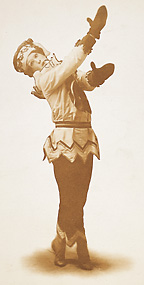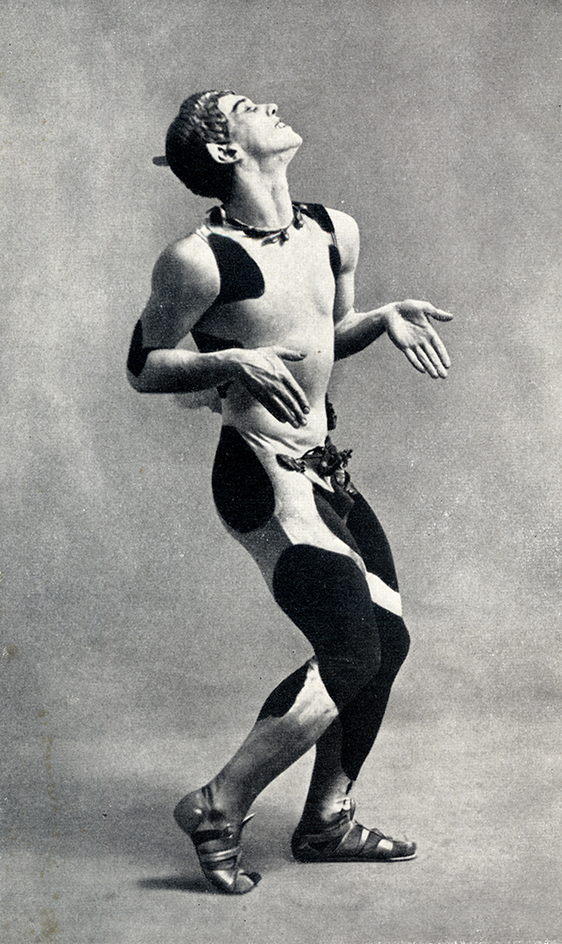Nijinsky, Vaslav << nih ZHIHN skee or nih JIHN skee, vahts LAHF >> (1889?-1950), was the most famous male dancer of his time. He was short, with thick thighs and sloping shoulders. Yet he acted out his roles so completely that his appearance seemed to change from one role to another. Nijinsky was also an influential choreographer.

Nijinsky had such amazing bodily control that his dancing looked spontaneous and effortless. One legend tells of a dramatic leap he made through an open window as his exit in Le Spectre de la Rose (1911). He rose slowly, soared across the window ledge, appeared to stop in midair, and was still at the height of his jump as he disappeared. He also gave a notable performance as a puppet come to life in Petrouchka (1911). Nijinsky choreographed major experimental works for Sergei Diaghilev’s ballet company, the Ballets Russes. Such works included The Afternoon of a Faun (1912), in which Nijinsky also danced the lead; and The Rite of Spring (1913). Both works caused a sensation at their premieres in Paris.

Nijinsky was born in Kyiv, Ukraine, then a part of the Russian Empire, on March 12, probably in 1889. According to the calendar then in use, his birthday was February 28. He first studied dancing at the St. Petersburg Imperial School of Ballet in 1898. He traveled with the Ballets Russes to Paris in 1909 and enjoyed great international success until 1913. Nijinsky married a ballet student with the Ballets Russes in 1913, and Diaghilev dismissed him from the company. Nijinsky rejoined the company in the United States in 1916, dancing as brilliantly as ever. But mental illness ended his career in 1917. He died on April 8, 1950. Nijinsky’s sister, Bronislava Nijinska, was also a noted choreographer.
